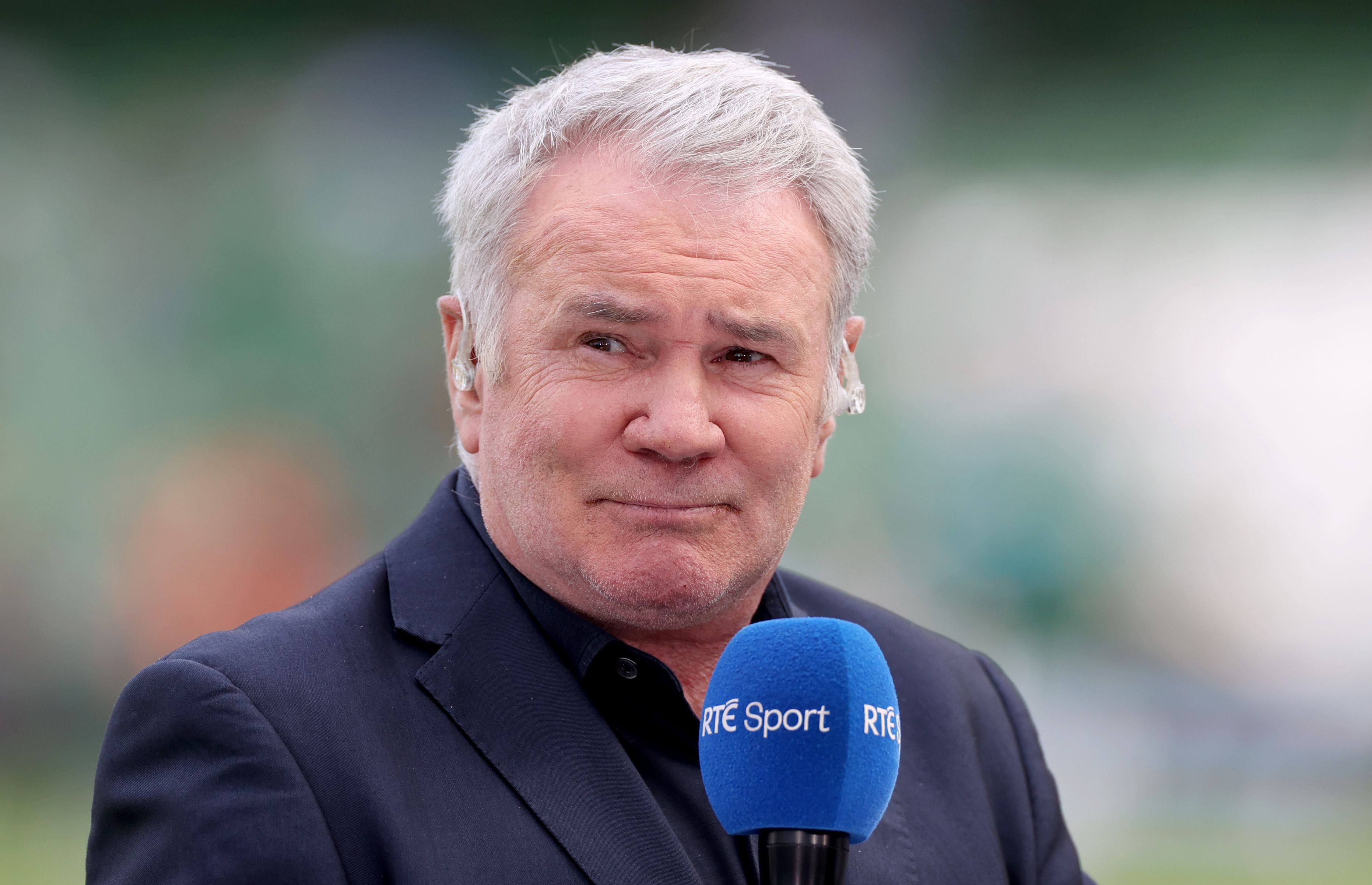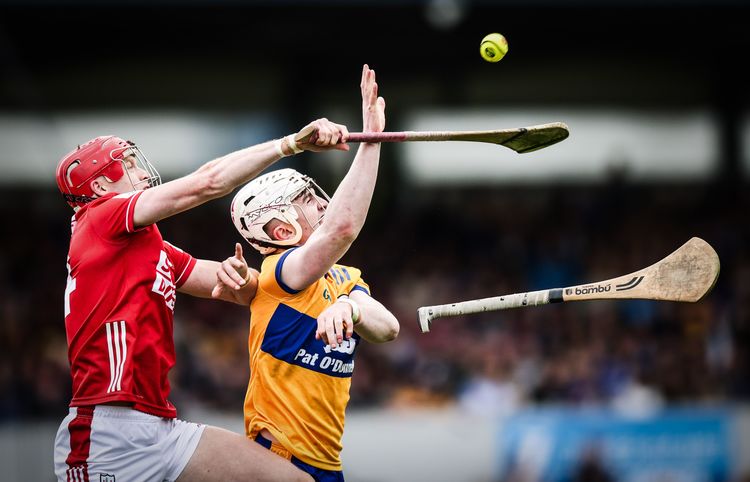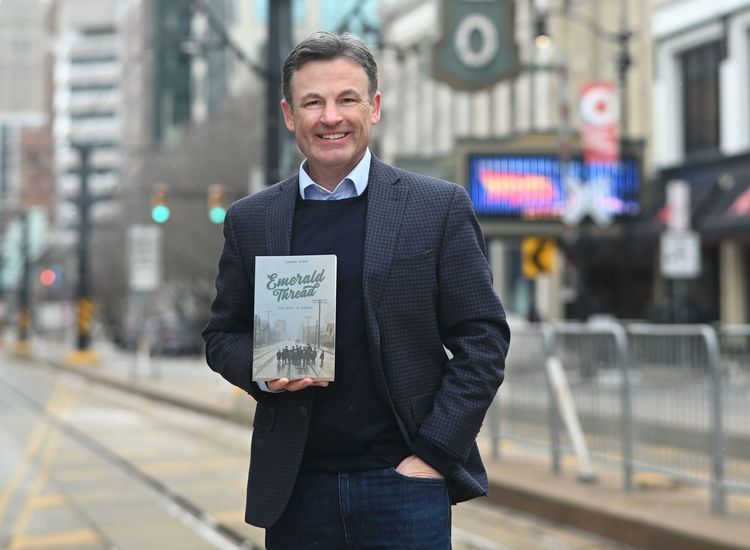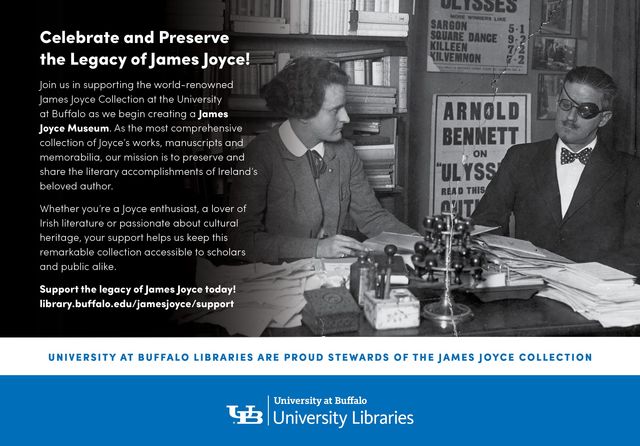There are few places in the world outside of Ireland that are as Irish as Glasgow, Scotland. Half a million people of Irish descent live in and around Scotland’s largest city. The city of just over a million, seven hundred thousand inhabitants has 84 Irish pubs including the famous Tollbooth Bar, l Waxy O’Connor’s and Kitty O’Shea’s. Irish traditional sessions often happen around the city. Ray Houghton, who scored the goal that defeated Italy in the 1994 world Cup, humorist Billy Connolly and writer/comedian Frankie Boyle are all Glaswegian celebrities of Irish descent. Few places in the world outside of Ireland celebrate their Irish heritage more enthusiastically than Glasgow does, but there is a tragic side to Glasgow’s Irish connections.
Glasgow is only a two hour or so ferry ride from Belfast so it’s little wonder that the city has strong historical links to Ireland. For generations Irish people, especially people from Donegal, would come to Scotland to work during harvest times and then return home. Many Ulster Protestant weavers settled in Glasgow before the Famine. By 1819 about 30 per cent of the area's weavers were of Irish origin. By 1841, according to some figures one in three people living in Glasgow was either Irish born or of Irish descent.
It was the Famine, however, that caused a huge influx of hungry Irish people hoping to come to Scotland to flee starvation. Refugees from the Famine in Ireland first came to Scotland in late 1846, and from then until 1851 over 80,000 Irish settled in the country, double the number of Irish immigrants who arrived between 1841 and 1846. Most of the destitute Irish landed at Glasgow – in 1847 alone over 50,000 arrived in Scotland's largest city. Unlike earlier Irish migrations to Scotland, the Famine Irish were overwhelmingly Catholic. By 1851, the Irish-born population of Scotland had reached 7.2 percent, while in Glasgow the Irish comprised over 18 percent of the population.
The large influx of destitute Irish people created friction with native born Glaswegians. The gigantic numbers of poverty-stricken Irish arriving in the city strained Glasgow’s resources, and the city was eventually forced to send thousands of impoverished Irish back to the land of their birth. In 1848, 10,691 Irish paupers in Glasgow were sent home. Newly arrived Irish immigrants were blamed for the outbreaks of cholera in Glasgow and Edinburgh in 1848. The huge number of indigent Irish created a sectarian backlash as well, contributing to the “No-Popery” agitation of the 1850s. Some bigots even viewed the Irish as an inferior race. Sectarian feeling has abated since then, but it remains a divisive issue.
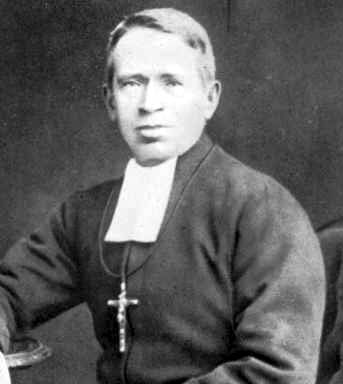
Brother Walfrid, founder of Celtic F.C.
The Irish settled in large numbers in the Eastern End of Glasgow, where they lived in overcrowded and impoverished conditions. They often took up grueling work laboring as navvies building canals, bridges, railways and ports. Despite the overcrowding, poverty and discrimination the Irish faced, they formed strong communities centered around local churches and social clubs and even after generations in Scotland, the Irish community kept a strong sense of its Irish identity. The Gorbals area of Glasgow attracted so many immigrants from Gweedore and the Rosses that it was dubbed “Little Donegal.” Gaelic was often heard in the streets of the Gorbals through the 1970s.
There is nothing more iconic of Glasgow’s Irish community than the Celtic football club. Celtic was founded by a Marist Brother from Ballymote, Co. Sligo, Andrew Kerins, but better known as Brother Walfrid of St. Mary’s Roman Catholic Church. Brother Walfrid convened a meeting on Nov. 6, 1887, in a small room in the parish hall to establish a local football team for the Irish east end with hopes of raising money for its impoverished Irish families.
Though other names were suggested, Brother Walfrid insisted on naming the new club Glasgow Celtic, a name chosen to reflect a club born in Scotland from Irish roots. Celtic’s first match was on May 28, 1888, when Celtic played Glasgow Rangers, a West End team with a strong Protestant connection. Celtic won that first match by two goals and over a 137 years later there is still an intense rivalry between Celtic and Rangers. Every “Old Firm” match creates an electric atmosphere in the city.
Celtic grew rapidly in popularity and in 1892 the club was able to open its own stadium Celtic Park, which had strong Irish connections. The founding of Celtic Park witnessed Land League leader Michael Davitt turn the sod in the middle of the pitch which had a shamrock from Donegal planted in it. T.D Sullivan, who wrote the ballad “God Save Ireland,” closed the inaugural ceremonies with his rendition of this patriotic ballad. In 1967 Celtic made football history when they defeated Inter Milan 2-1 to become the first British team ever to win a European Cup final
Celtic matches are a magnet for its Irish fans who travel by ferry to support the lads in hoops. The club continues to fly the Irish flag on match days as a symbol of its strong connection with the Irish Republic. On match weekends it is hard to get either a ticket or a hotel room so great is the influx of Irish supporters. East end Irish pubs are packed as the local Celtic supporters come to cheer on their side.
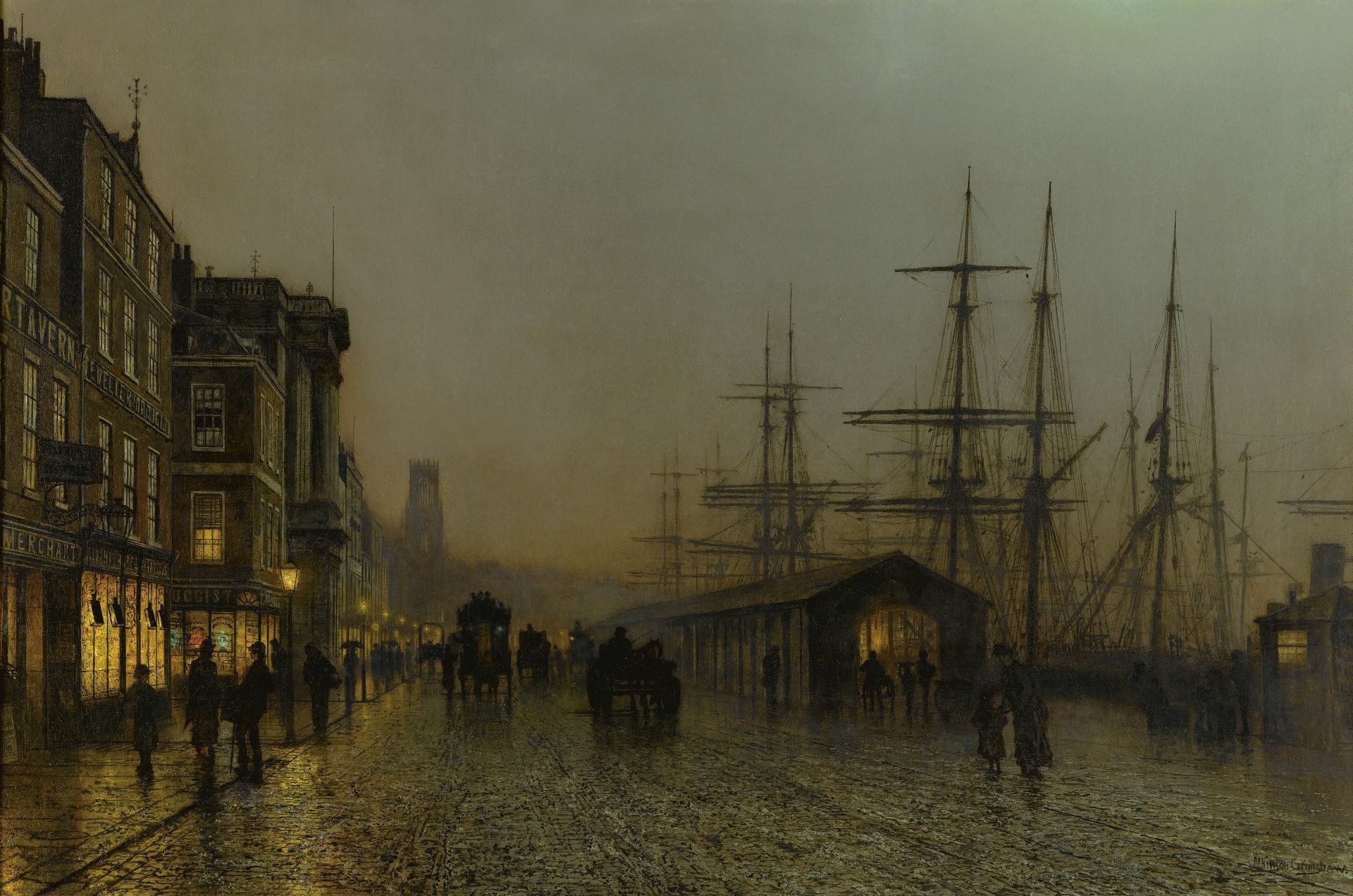
“Glasgow, Saturday Night,” by John Atkinson Grimshaw.
Though the Irish are now fully integrated into Scottish society, they have not forgotten the pain of the Famine that forced their ancestors to flee to Scotland. In 2021, the Irish community raised funds to build a memorial to the Great Hunger called “The Tower of Silence,” a statue cast by Donegal sculptor John McCarron. Its Saint Patrick's Day Festival in Coatbridge, lasts for ten days and the celebration includes traditional music, dance, art, theater, sports, and film. The festival is a great way to get to know this very Irish Scottish city and its proud Irish community.

